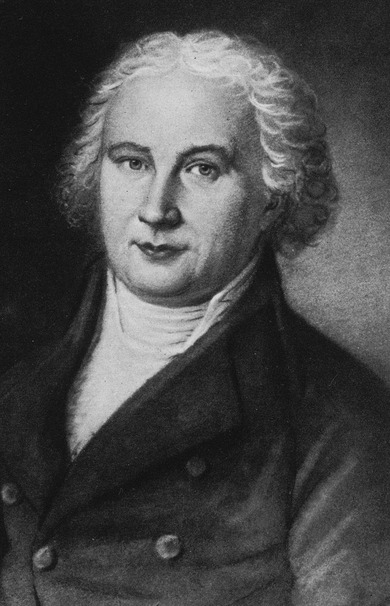Johann Friedrich Unger
Johann Friedrich Unger
Why must Germany, in terms of its writtenness, close itself off from the rest of the world and begin, with a peculiar sense of persistence, to cultivate its own isolation and internalisation?
Johann Friedrich Unger
After following in the professional footsteps of his father and completing apprenticeships as a woodcutter and book printer, Johann Friedrich Unger opened his own printing house in Berlin in 1870. After the closure of the Luther type foundry in Frankfurt am Main, Unger took over that company’s complete typographical portfolio. His friendship with the renowned French type designer Firmin Didot allowed him to obtain the valuable rights to the latter’s creations in 1789. One year previously, Unger was made a member of the Akademie der Künste cultural institute in Berlin.
As a publisher and printer of classic works, Unger was largely focused on the dissemination of classic Bodoni-style Antiqua typefaces which had, up to that point, failed to take off domestically despite success in neighbouring European countries. Out of consideration for the deep-seated stylistic reservations of the German public, Unger made a typographical compromise with his creation of the subtle Unger Fraktur typeface, which was much loved among Berlin’s romanticists. Six years later he accepted a post as a professor of type cutting studies in Berlin.

